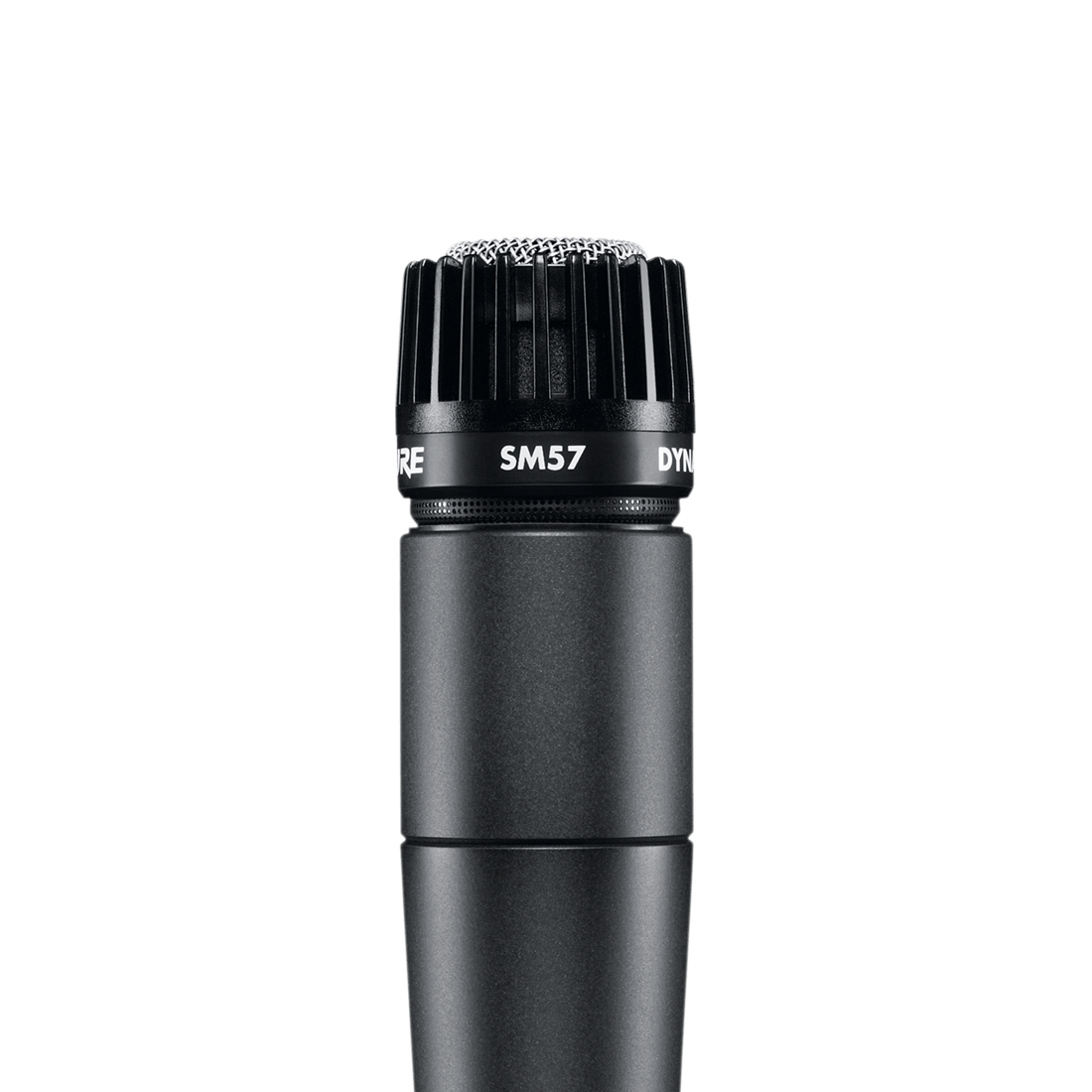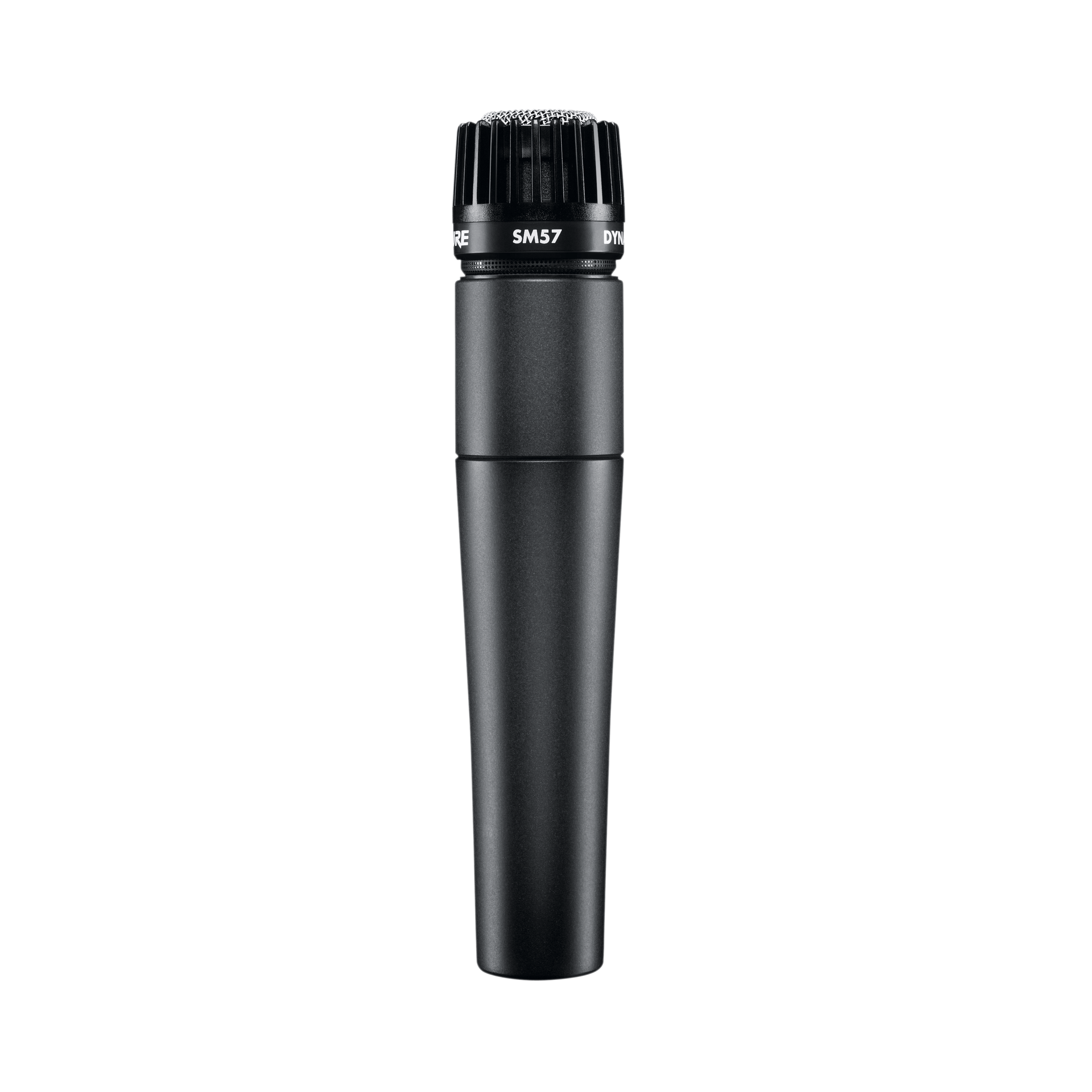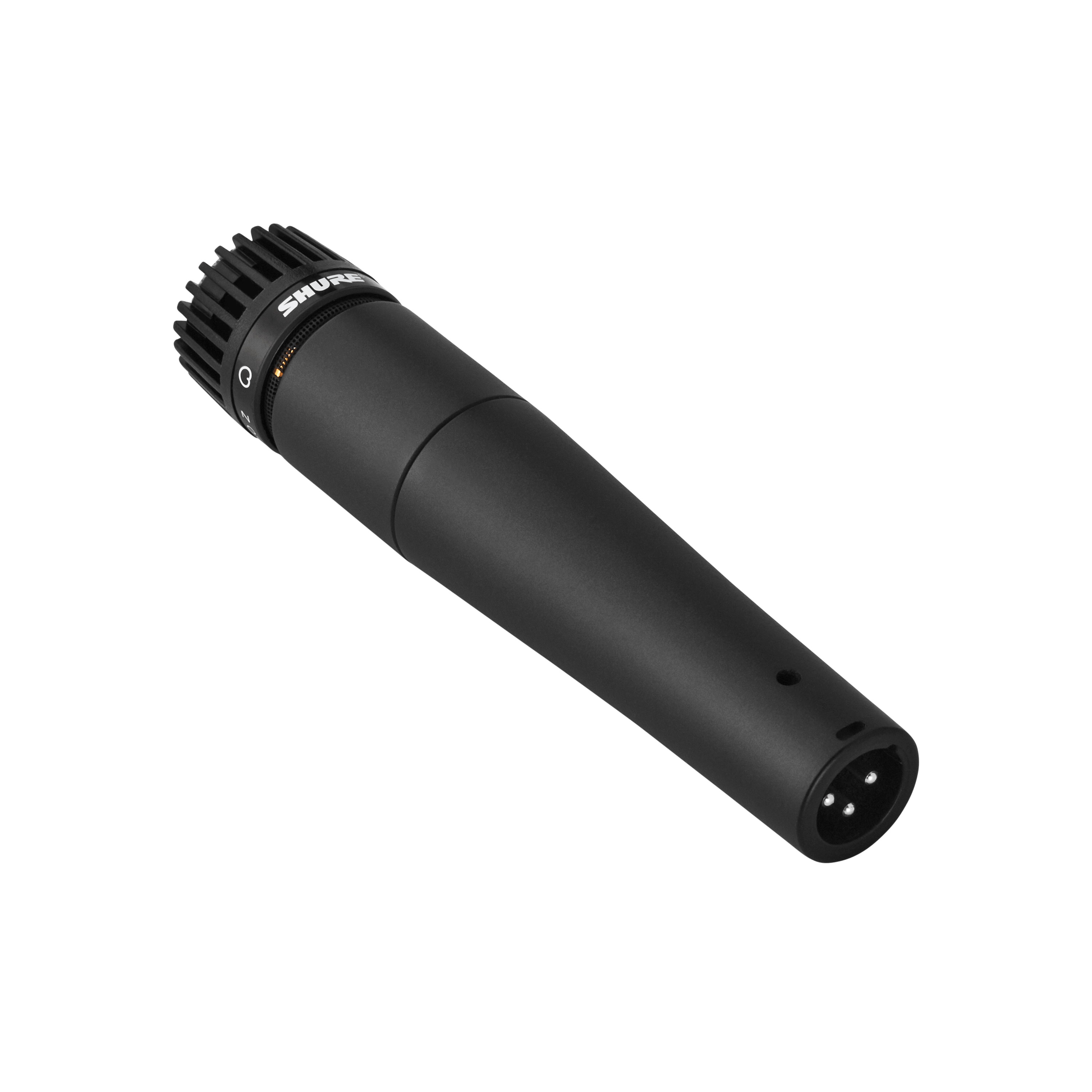Recording Guitars with Cenzo Townshend

From U2’s The Edge to Blur’s Graham Coxon, CENZO TOWNSHEND has worked with some of the world’s most innovative guitar players. The man twice-named Britain’s best mix engineer offers tips on recording guitars – and explains his analog pedal fetish.
Even in the music industry, entry-level jobs can be pretty boring. Organizing the filing cabinet, answering the phones and making tea: That sums up the first job of legendary mixing engineer Cenzo Townshend at London’s Trident Studios. Until one day, an engineer didn’t show up to work.
“I was the tea boy, but because the engineer wasn’t there the producer expected me to record the band,” recalls Townshend, laughing at the memory.
“When it came time to record the guitars I set up literally 15 microphones because I had absolutely no idea what the best microphone placement would be. I was pushing faders up and down to try and work out the best one, when I realised I didn’t really know what a good guitar sound was in the first place. Eventually I whittled it down to just two, but it took about half the day to do that.”
From that rather tricky start Townshend has gone on to become one of the most successful and sought after sound engineers of his generation, working with everyone from pop perfectionists like Bono and The Edge from U2 to punk provocateur Mark E. Smith. It helped that he was tutored and trained by the best in the business, including a stint with Stephen Street at Olympic Studios in the 90s.
“Olympic was where I really honed my skills,” says Townshend, who has twice won the prestigious Mixer of the Year award from the UK Music Producers Guild.
“I spent so much time working on guitar bands with Stephen. My favorite was Graham Coxon from Blur…he’s an amazing musician. We took a lot of time getting interesting sounds, trying different microphones and mic positions, switching between open and closed guitar cabs. He’d come up with this incredible tone and it was our job to get that exciting and immediate sound down.”

This willingness to experiment and find the right sound before recording begins is at the center of Townshend’s success. Of course, some projects have taken this experimentation to extraordinary – some might say slightly insane – lengths: “I remember working with New Order and we spent a whole afternoon deciding which guitar cable to use…that was perhaps excessive. I think we ended up using a video cable in the end.”
Another Townshend trait is a love for all things analog, with the producer amassing an extensive collection of amps, processors and pedals – something he refers to as his “equipment addiction.” As he talks about his first purchases a wistful tone comes into his voice, as though he was remembering old flames rather than guitar pedals.
“I started collecting pedals in the 80s...I’d go into the local second hand shop wherever I was working, with a budget of £30 – that was part of the challenge. One of the first I ever bought was an Electro Harmonix Big Muff. It’s got all the wrong switches and pots on it, but it just sounds fantastic and I’ve never found anything quite like it.”
Aside from this early broken beauty what are some of his other favorites? “There’s an 80s Shin-ei pedal that has this mad expander on it, which is amazing. Oh, and an MXR Distortion Plus from the 70s, which is built like a tank. After that I got into the Boss pedals – you can’t beat the DM2 analog delay – and right now I’m really into a September Sound pedal that a friend of mine from Japan made. It’s an homage to the Big Muff, but you can get about 30 different sounds out of it…I love it.”
Of course the problem for analog audiophiles like Townshend is that patching these pedals into a digital mix has traditionally been a bit tricky – you had to get all the line levels to match up, which was about as much fun as removing a dozen plectrums from inside an acoustic guitar and just as fiddly. But now, thanks to Radial Engineering’s array of audio convertors, it’s no longer an issue.
“They are amazing boxes,” enthuses Townshend. “They convert the impedances and line levels automatically, which means I can use my pedals as plug-ins. There is even a dry/wet dial so you can find the right level and then just leave it. It’s opened a whole new world for me, because before there was no easy way of doing all this.
“For me it is all about the marriage of analog and digital to get the best of both worlds. There are also some digital plugins that are better than the analog equivalent, especially among the EQs. And there’s no point having all this amazing analog equipment if it isn’t interfaced with your setup. It’s got to be as seamless as possible or else the music and the mix will suffer.”
Accordingly, Townshend’s own purpose-built Decoy Studios in Suffolk – which opened in 2014 – is packed out with analog pedals.
“We’ve also designed the live studio so the amps are right under the window to the control room,” continues Townshend. “That gives use the shortest cable runs for the guitarist when they are playing in the control room while the amp or cab is in the live room. Things like that make it a great space to record in.” Bands already to benefit from Decoy Studios’ attention to detail include The Maccabees, The Vaccines and Skaters.
But how does Townshend actually go about recording an electric guitar? The answer is surprisingly simple:
“The best setup for recording guitar is an SM57 and a ribbon mic like a KSM313. The SM57 I’d put right by the dustcover, as close as you can get, pointing to the outside of the cone. Then the ribbon mic I’d have further back to record the space in front of the amp plus a little bit of the room too. The ribbon gives it depth, while the SM57 adds the crunch. There’s nothing you can’t do with an SM57 – it would definitely be my desert island microphone.”
Speaking of desert islands, there’s time for one final question: Out of all his incredibly equipment collection what would Townshend actually take with him if he was only allowed one item? “Can I cheat and take two?” he jokes, before answering: “I think it would have to be my AT-101 compressor, which is a copy of a Fairchild 670. It does something that nothing else can do and I use it all the time. It’s a beautifully made thing.”







